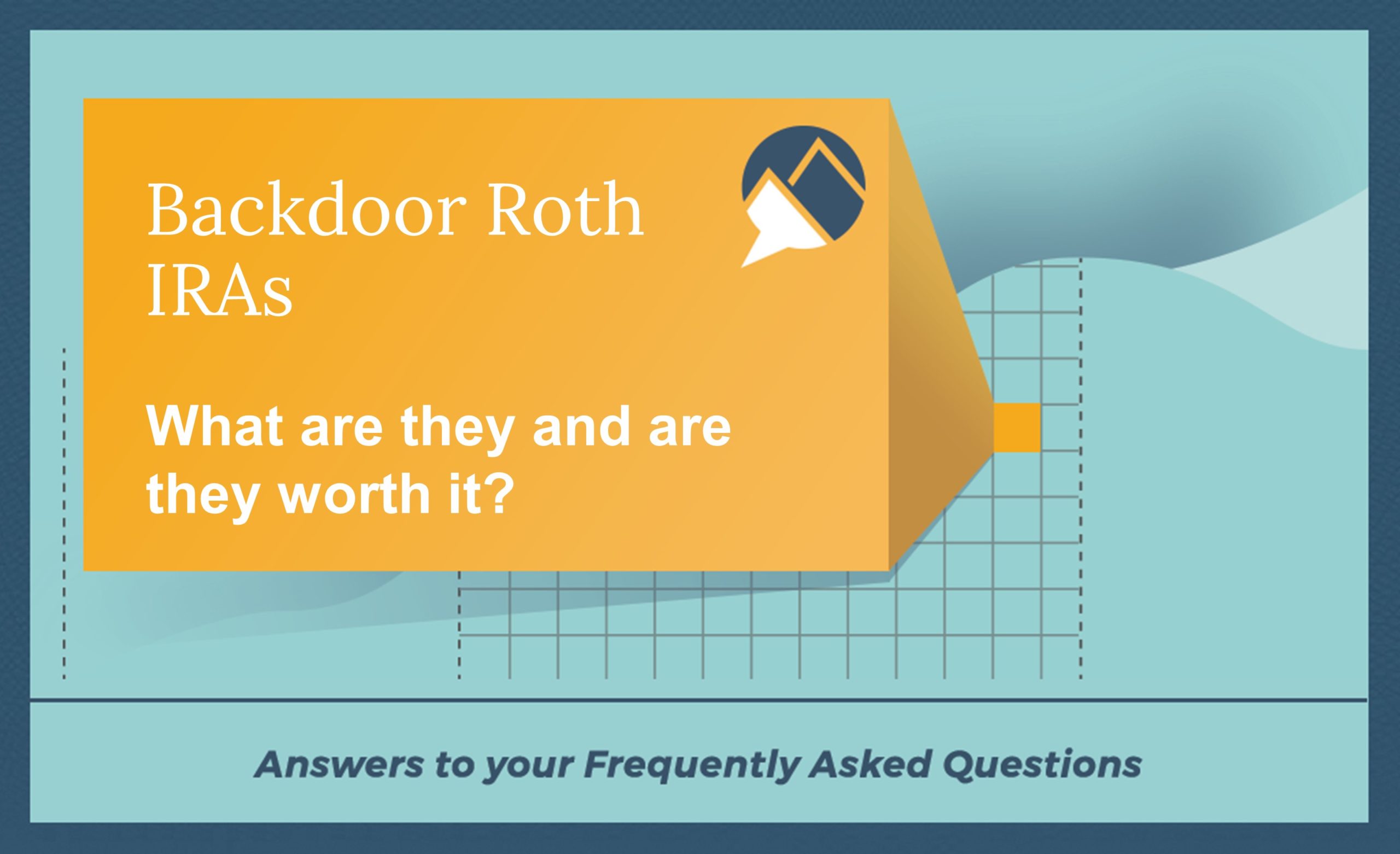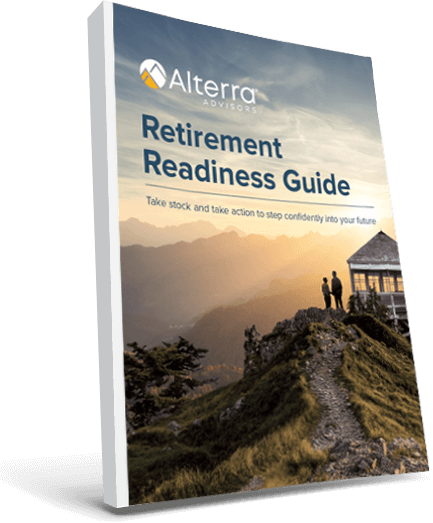Roth IRAs are one of the few ways to build tax-free retirement income. And with a long retirement timeframe, they can build quite the snowball. As an example, $10,000 in a Roth IRA at age 30 earning 7.2% per year would double every 10 years, meaning you would have over $80,000 at age 60, or more than $70,000 in growth…tax-free!
The problem? You make too much money!
The IRS won’t let you make Roth IRA contributions if your income exceeds a certain level. In 2025, if you’re married with more than $246,000, or single with more than $165,000, in income, you cannot contribute anything to a Roth IRA.
The Solution: the Backdoor Roth IRA
So, are high earning investors just out of luck? Not necessarily – this is where the backdoor Roth IRA concept comes in. Here’s how it works.
- Make a non-deductible Traditional IRA contribution. The IRS limits direct Roth IRA contributions based on income but not non-deductible contributions to a Traditional IRA.
- Convert the contributed amount to a Roth IRA. The IRS also allows you to convert an IRA to a Roth IRA regardless of income. You’ll pay taxes on any previously deducted contributions and all your gains.
By making a Traditional IRA contribution, not taking a tax deduction and converting immediately to Roth, none of this conversion would be taxable and you’ve just made a roundabout Roth IRA contribution. A little extra work, but well worth the effort.
What’s the catch? Your other pre-tax IRAs complicate things.
If you have any other pre-tax IRA balances, this might not be for you. This gets a little complicated, but the IRS lumps all pre-tax IRAs together, including SIMPLE and SEP IRAs, and uses the total balance to determine if a pro rata part of your conversion will be taxable.
Here’s an example. If you make a $5,000 non-deductible contribution and have $95,000 in another pre-tax IRA, 95% of any conversion would be taxable because, at the time, 95% of your total IRA balance was pre-tax. Note that the IRS doesn’t include 401(k)s, 403(b)s and other qualified plan balances in these conversions.
This quickly gets to be a tax recordkeeping headache for someone with existing pre-tax IRAs, unless you intend to convert the full balance and pay the tax on the pre-tax portion.
The Benefit
So, is the extra work really worth it? First, if you work with an advisor, their team should be able to handle this for you. Second, let’s allow the numbers do the talking. If you invest $6,000 per year from age 40 to 60 and earned 7% per year, you would have over $245,000 – all tax-free, making this a strategy well worth considering!
The “Alterra” name was coined by joining the Latin roots “alter”, the origin of the word “altruism” with “terra” meaning earth or land. This name reflects the company philosophy of “clients before profits” and providing firmly grounded advice.


